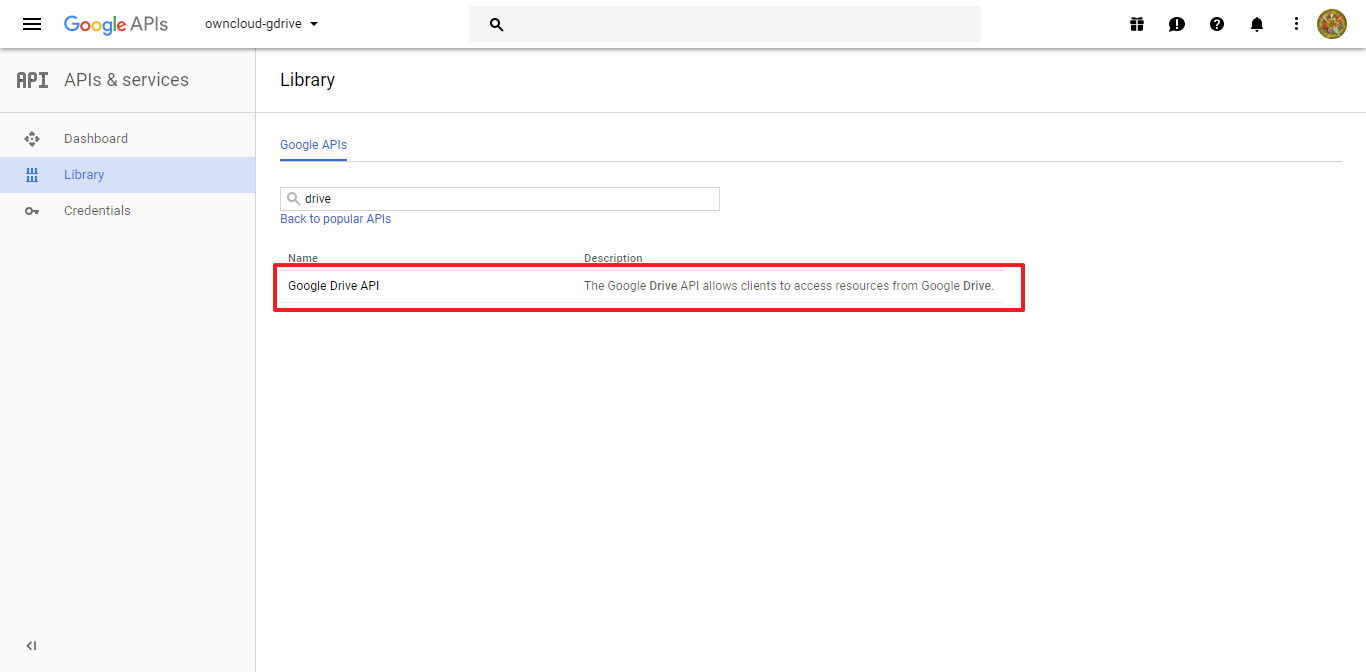

Import Google Drive Data to Google Sheets.Import Google Cloud Vision API Data to Google Sheets.Import Google Classroom Data to Google Sheets.Import Google Calendar Data to Google Sheets.Import Google Analytics Management Data to Google Sheets.Import Google Analytics (UA) Data to Google Sheets.


After logging in, the user is asked to grant permissions that our application is requesting. User consent is the process that includes authentication step where the user logs in with their Google account. many desktop applications installed locally on end user devices. The client-server scenario is useful when we have many instances of our application, e.g. Client-server interaction - authenticate using user consent process


 0 kommentar(er)
0 kommentar(er)
